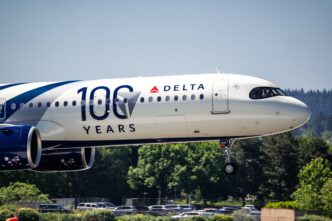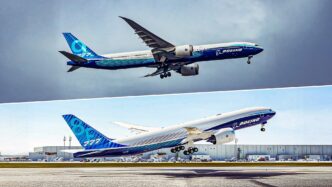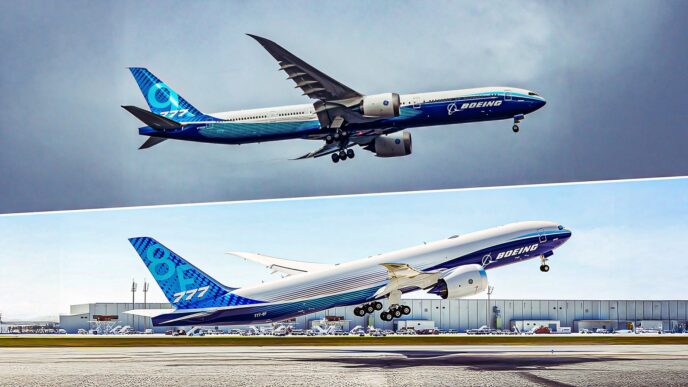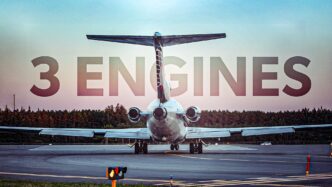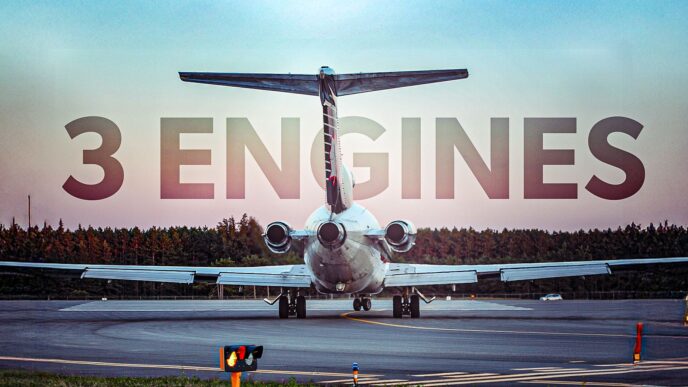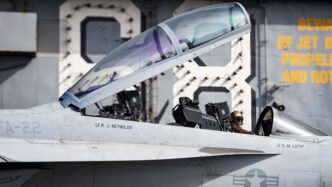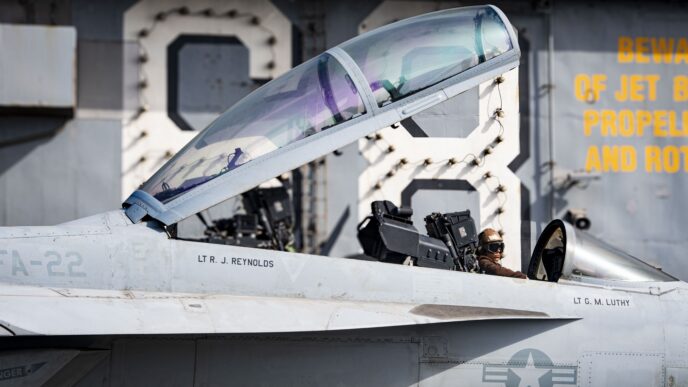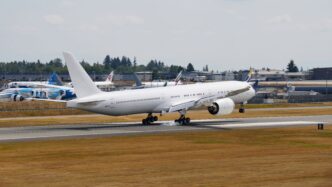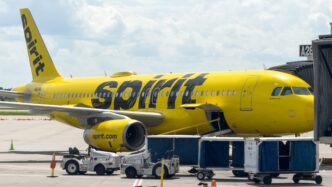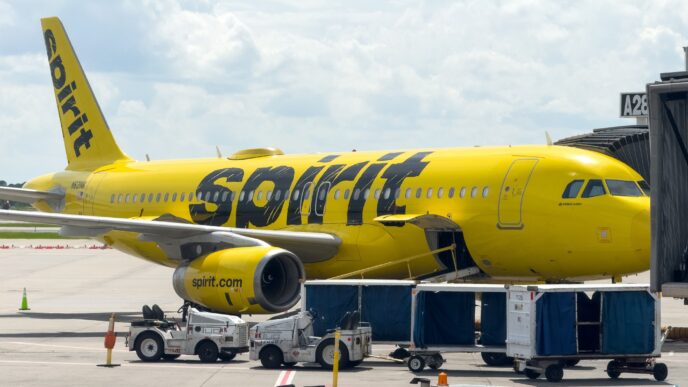The Boeing 787 Dreamliner has long been a favorite among both passengers and airlines, but is it still the crown jewel in Boeing’s lineup? This question is more relevant than ever as Boeing faces certification delays, safety concerns, and evolving market needs, especially with competition from other aircraft models. Understanding the Dreamliner’s current significance sheds light on Boeing’s overall commercial strategy and its competitive stance against Airbus, particularly in the long-haul market. When it first took to the skies in 2011, the 787 Dreamliner was revolutionary, being the first commercial jet with a fuselage primarily made from carbon composites. With its three variants—the 787-8, 787-9, and 787-10—the aircraft offered impressive long-range capabilities, a 25% improvement in fuel efficiency over older widebodies, and a more comfortable passenger experience. This article delves into whether the Dreamliner still holds its flagship status amid growing competition and internal challenges.
So, what’s the verdict? The Boeing 787 Dreamliner remains a cornerstone of Boeing’s widebody offerings and is arguably its most strategically crucial program. Boeing touts it as their best-selling widebody aircraft, with over a thousand units delivered and a robust backlog. Its blend of fuel efficiency, operational flexibility, and long-range capabilities makes it a key player in airline strategies worldwide. Despite some negative press, including the unfortunate Air India crash in June 2025, the 787 program remains a vital part of Boeing’s product lineup. In 2025, Boeing increased 787 production to seven units per month, signaling strong and ongoing demand. By mid-2025, Boeing had delivered over 1,140 Dreamliners, with around 780 to 790 orders still pending. These figures make the Dreamliner the most successful widebody in Boeing’s history in terms of deliveries. Since its debut, the 787 family has flown over one billion passengers, logging more than 30 million flight hours across five million commercial flights on every continent, including Antarctica, where a Norse 787 landed at Troll Airfield in 2023 and again in 2024, as reported by FlightRadar24 and Airways Magazine. The aircraft’s global reach and reliability cement its status as Boeing’s most impactful commercial aircraft to date.
What makes the 787 Dreamliner so important and popular? Several factors contribute to its enduring appeal. Its advanced technology and fuel efficiency make it a favorite for airlines looking to cut costs and reduce their carbon footprint. The aircraft’s long-range capabilities allow airlines to open new routes and connect distant cities without the need for stopovers. Additionally, the Dreamliner’s passenger-friendly features, such as larger windows, improved cabin pressure, and quieter engines, enhance the travel experience, making it a hit with travelers. These elements combined ensure that the 787 Dreamliner remains a pivotal part of Boeing’s strategy and a key player in the aviation industry.
#Boeing787 #Dreamliner #AviationInnovation #AirTravel #BoeingVsAirbus
Originally reported by Simple Flying Read More


